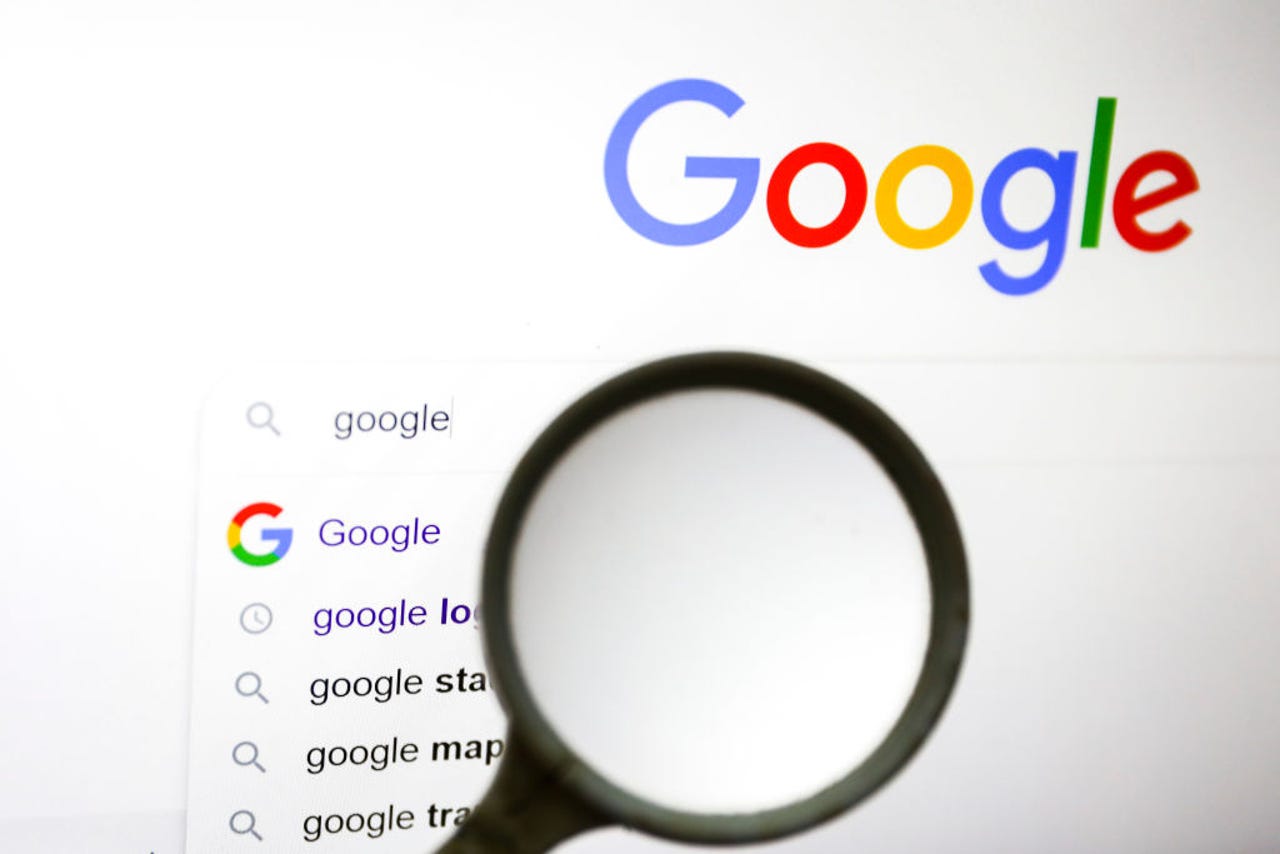
Understanding Large Language Model Optimization (LLMO)
Large Language Model Optimization, often referred to as LLMO or LLM SEO, is a discipline focused on preparing and structuring content so that it can be easily discovered, analyzed, and utilized by large language models (LLMs) and generative AI chatbots such as ChatGPT, Gemini, Perplexity, and DeepSeek.[1] [2] [3] LLMO is the process of getting your content ready for large language models, serving as the equivalent to optimizing for search engines (SEO), but specifically targeting AI chatbots. [1] The primary goal of LLMO is to increase the likelihood that a brand, website, or specific information from a source is included, mentioned, quoted, or referenced in the responses generated by these AI systems when users ask questions or seek information.[1] [2]
With the increasing use of LLMs for finding information, products, and guides, companies and online marketers are recognizing the need to adjust their strategies beyond traditional search engine optimization.[1] While traditional search engines like Google still dominate the market, LLMs are gaining market share, and being featured in AI chatbot replies can provide significant business value and build user trust.[1] [3]
Optimizing for LLMs involves several key aspects, many of which complement traditional SEO practices.[1] [2] It requires writing content in a way that is clear and easy for both humans and AI to understand, often by placing the main point upfront and supporting it with details.[1] Showing topical authority through unique data, facts, or personal experiences can make content stand out.[1] Consistency in the use of phrases related to a brand or subject matter helps AI associate the brand with that topic.[1]
Specific factors and strategies for LLMO identified in the provided content include:
- Digital PR: Building associations between a brand and relevant topics through media features, press releases, sponsorships, link building, and public reviews helps LLMs connect the brand entity to specific subjects.[1]
- Strong Backlink Profile: A robust backlink profile signals to LLMs that a website is trustworthy and frequently referenced by other sources, increasing the likelihood of it being viewed as a respected voice and included in responses.[1]
- Stats and Quote-Worthy Content: Including statistics, citations, and data in content can significantly increase its visibility in LLMs, as some models can directly connect to websites and cite information, enhancing credibility.[1]
- Entity Research: Understanding how LLMs perceive a brand based on its on-page content, backlinks, anchor text, and user interaction data is crucial for optimizing how the brand is associated with topics in the AI's knowledge base.[1] This involves examining on-page topics using tools, assessing site-wide topic consistency, and reviewing backlinks and anchor text quality.[1]
- Standardized Structure: Using consistent heading levels (H2, H3), bullet points, and short paragraphs makes content easier for LLMs to process and rephrase.[2]
- Clear, Factual Statements: Including fact-checkable snippets and clear data points increases the trustworthiness of content for LLMs.[2]
- Strengthen Domain Consistency: Maintaining consistent brand details across a website, social platforms, and third-party sites helps AI references remain consistent.[2]
- Optimize for Relevance: Focusing on targeted content that covers multiple angles and uses synonyms and varied language around a topic is important, as LLM-based search is less reliant solely on the number of inbound links.[2]
- Emphasize Conversational Keywords: Structuring content with Q&A formats or headings that reflect natural, conversational queries (e.g., "What to do if...", "How do I handle...") aligns with how users interact with chatbots.[2]
- Holistic Topic Clustering: Grouping and interlinking content around a main subject, covering various subtopics in depth, helps LLMs see the brand as knowledgeable in that area.[2]
- Embed Original Data or Insights: Including unique research, statistics, or study results makes content stand out and provides verifiable data points that LLMs may use.[2]
- Use Knowledge Base Markup: Implementing structured data and schema markup (like FAQ schema or Product schema) helps AI systems better understand and process the content on a page.[2]
While LLMs do not "rank" pages in the same way traditional search engines do, they analyze patterns in vast training data, including public internet content like websites, books, archives, and sources like Reddit, to predict language and identify reliable information.[1] [2] [1] [2] They tend to favor information that is consistent, thoroughly explained, and frequently updated.[1] Techniques like Retrieval Augmented Generation (RAG) allow modern models to pull in additional, often more current or specialized, information on demand to improve accuracy and reduce "hallucinations."[1]
LLMO is considered crucial for the future as it aligns with the evolving search landscape and user behavior, ensuring content remains competitive and visible in AI-driven search experiences.[2] [3] However, it is important to avoid practices that prioritize AI readability over human experience, ensure data accuracy, and be aware of the limitations and training data specifics of different AI models.[2]
Authoritative Sources


Sign up for free to save this answer and access it later
Sign up →